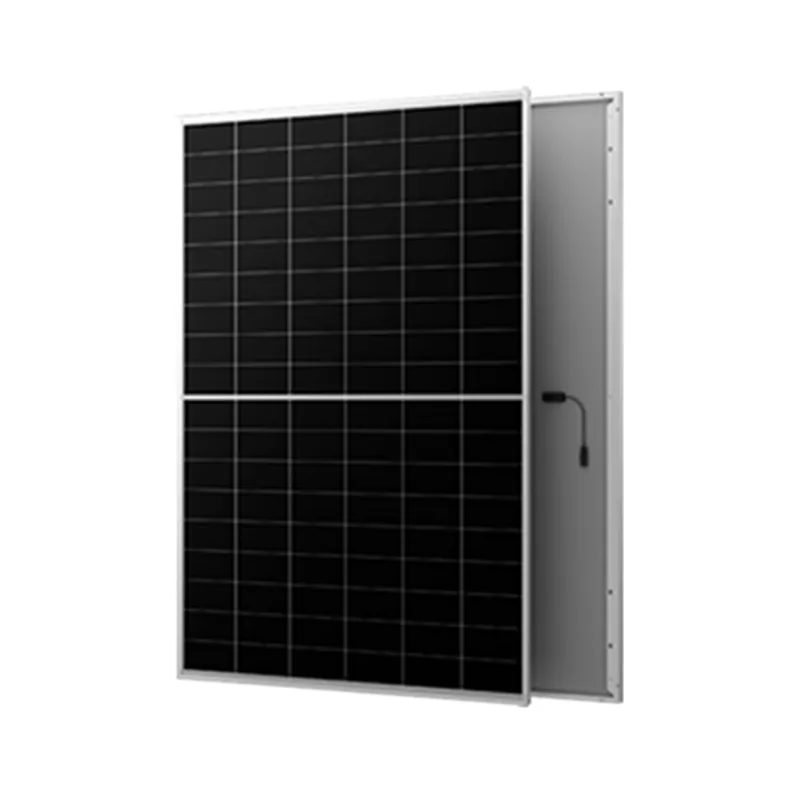Choosing the Right Solar Panel Size for Your RV to Maximize Efficiency and Power Usage
Choosing the Right Solar Panel Size for Your RV
As more people embrace the freedom of the open road, the popularity of RV living and travel has surged. One of the key components to enhancing this experience is the use of solar panels. Solar energy not only provides a sustainable power source but also allows RVers to enjoy the beauty of nature without sacrificing the comforts of modern technology. However, determining the right solar panel size for your RV can be a bit challenging. In this article, we’ll explore the factors to consider when sizing solar panels for your RV.
Understanding Energy Needs
Before you dive into selecting solar panels, it's essential to understand your energy needs. Take inventory of all the appliances and devices you use in your RV. Common items include lights, a refrigerator, a microwave, a water pump, and electronic devices like laptops and smartphones.
To get a clearer picture, calculate the wattage of each item along with the estimated hours of use per day. For example, if you use LED lights that consume 10 watts for about 5 hours, that totals 50 watt-hours (Wh). By summing up the watt-hours for all devices, you’ll arrive at your daily energy consumption.
Solar Panel Ratings and Size
Solar panels come in various sizes and types, typically rated in watts. The most common sizes range from 100 to 300 watts. The larger the wattage, the more electricity the panel can produce under ideal conditions. For instance, a 100-watt panel can generate about 300-500 watt-hours of energy per day, depending on sunlight exposure.
To determine how many solar panels you need, divide your total daily watt-hour consumption by the estimated daily output of a single panel. For example, if you use 600 watt-hours per day and have a solar panel that produces around 400 watt-hours daily, you would need at least two panels to meet your energy requirements.
solar panel size for rv

Space Considerations
One of the biggest limitations in installing solar panels on an RV is the available space on the roof. Measure the area where you intend to mount the panels and consider the size of the panels you’ve chosen. It’s crucial to strike a balance between sufficient power generation and the physical space available on your RV's roof.
Most RV roofs can accommodate a few panels, but if space is limited, you might consider flexible or portable solar panels that can be set up when parked. These alternatives allow for adjustable placement to maximize sun exposure and can be a great solution for those with smaller RVs.
Battery Storage
In addition to solar panels, investing in a reliable battery system is vital for storing the energy generated. Solar panels produce energy during the day, but you’ll need a way to store this energy for nighttime use or cloudy days. There are various types of batteries available, such as lead-acid and lithium-ion, each with different capacities, life expectancies, and costs.
When selecting battery storage, ensure that the capacity aligns with your daily energy needs and the output from your solar panels. A good rule of thumb is to have enough battery capacity to cover at least two days of energy consumption without sunlight.
Conclusion
Choosing the right solar panel size for your RV involves assessing your energy needs, evaluating the available space, and accounting for battery storage. By conducting a thorough analysis, you'll ensure a reliable and sustainable power source that allows you to enjoy your RV adventures with the comfort of electricity. Embracing solar energy not only enhances your travels but also contributes to ecological sustainability, making it a worthwhile investment for any RV enthusiast. So, gear up, plan ahead, and hit the road with confidence knowing that the sun is on your side!
-
String Solar Inverter: The High-Efficiency Solution for Smart Solar EnergyNewsJul.14,2025
-
Revolutionizing Rooftop Energy with the Power of the Micro Solar InverterNewsJul.14,2025
-
Power Independence with Smart Off Grid Solar Inverter SolutionsNewsJul.14,2025
-
On Grid Solar Inverter: Powering the Future with Smart Grid IntegrationNewsJul.14,2025
-
Monocrystalline Solar Panels: High-Efficiency Power for the Future of Clean EnergyNewsJul.14,2025
-
Bifacial Solar Panel: A Smarter Investment for Next-Generation Energy SystemsNewsJul.14,2025







